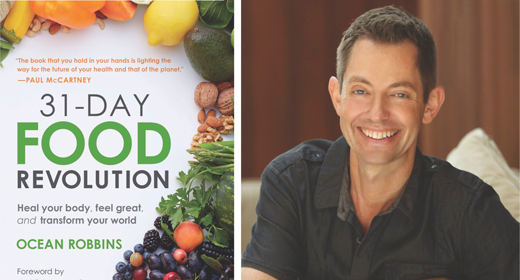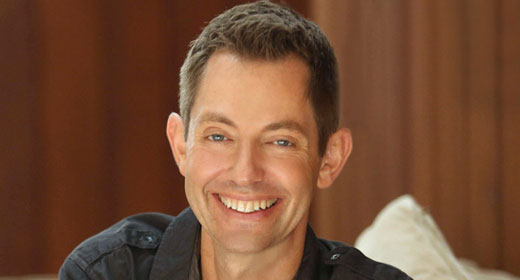by B.F. Skinner: Improving education seldom takes the form of improving teaching.  It is no doubt important to find better teachers, build more and better schools, teach less of what is not needed, bring what must be taught up to date, and reach more students through various forms of mass media. But by 1984, we should hope, teaching itself will also have been improved. The experimental analysis of behaviour, human and animal, has uncovered facts about learning and teaching which were not available when current methods were devised and which should make it possible to improve education in the plain sense of teaching more in the same time with the same effort, As a result more students should be taught, and each should be taught more and taught it more thoroughly.
It is no doubt important to find better teachers, build more and better schools, teach less of what is not needed, bring what must be taught up to date, and reach more students through various forms of mass media. But by 1984, we should hope, teaching itself will also have been improved. The experimental analysis of behaviour, human and animal, has uncovered facts about learning and teaching which were not available when current methods were devised and which should make it possible to improve education in the plain sense of teaching more in the same time with the same effort, As a result more students should be taught, and each should be taught more and taught it more thoroughly.
Each student should have a greater choice of programmes and should be able to pursue any one of them more successfully. Some gain in this direction will come from a further abandonment of coercive techniques. The cane has in most quarters been discarded, but teachers still use less obvious forms of punishment, and-whether we like to admit it or not most students still study mainly to avoid the consequences of not studying, Even at the university level, the commonest pattern is “assign and test”, in which the student is held responsible for learning simply in the sense that he will suffer certain unhappy consequences if he fails. In this system it IS never the teacher who fails nor can it be, for “assigning and testing” is not really teaching at all.
It is not enough, however, simply to abandon coercive practices. The methods of Summerhill are therapeutic rather than educational, Nor will it suffice to replace punitive methods by “enriching” our schools with real life or by turnlng from textbooks to non-verbal audio-visual media, There IS good reason to make what is to be learned as aRractive as possible, but in doing so we often deprive the student of the chance to .discover that something is interesting when looked into. Brightly coloured illustrations in a reading primer may attract the pupil to the text they accompany, but they entertain the pupi bejore he reads; a page of black-andwhite text offers him a much greater opportunity to enjoy the consequences of reading. The audio-visual aids of 1984 will be less concerned with attracting and holding attention.
The consequences of behaviour are particularly emphaslsed in the study of what is technically called “operant condltloning”, Behaviour reinforced by its consequences is not to be confused with the conditioned reflexes of Pavlov, and only certain instances of operant reinforcement are appropriately called rewards. What is important here is the extraordinary power-fully demonstrated both in the laboratory and in field applications-to change behaviour in specified ways through properly arranged reinforcements. Students are only slightly affected by what they get out of their education In the long run. It is the immediate consequences of their behaviour which must be carefully examined and altered.
Unfortunately, we cannot do this simply by applying some general principle of reinforcement, just as we cannot build bridges simply by applying general principles of stress and strain. The teacher must become a specialist in a rapidly developing scientific analysis of human behaviour.
The conspicuous signs of the new technology of teaching in 1984 will probably be the “teaching machines” used to arrange the necessary contingencies of reinforcement. It will be easy to confuse the technology with the equipment. But machines are inevitable. Only with the help of appropriate capital equipment can teachers cope with the problems irnposed on them by the extraordinary cultural changes and the growth in populations characteristic of the twentieth century. Although the word “machine” suggests regimentation, such devices are designed precisely to help the individual student. Students were once taught one at a time, and the ideal of individualised instruction is still preserved in statements of educational policy, but the practice has long since succumbed to the exigencies of teaching large classes.
Groups of students move forward at a standard pace. Those who could move quickly are held back and grow bored; those who work slowly are pulled forward beyond their speed, finding their work more and more difficult, until they eventually give up. But speed of learning, like speed of reading, has no very important relation to the ultimate quality of the student’s work. The system has often been criticised, but an effective attack upon it has at last come from the effort to arrange the contingencies of reinforcement recommended by an experimental analysis. By 1984 the fast worker will perhaps be permitted to .enjoy his natural advantage, while the slow student will be able to demonstrate that he is capable of comparable achievements given enough time.
Another result of applying recent discoveries concerning learning and teaching has been a reconsideration of the “[et-.minal behaviours” which compose the goals of education Just what changes in the student is the teacher to bring about? Current specifications are surprisingly vague. A related result has been the construction of sequences of respouses leading to the terminal behaviours thus specified, as the student moves from ignorance to competence, Such sequences are now commonly called programmed instruction, The Principle is not yet well understood, and poorly designed programmes flood the market, hut by 1984 the market place should have had its well-known effect. Excellent programmes-better than any now available if the art and science of programming continue to improve-should be available in a wide range of subjects.
Many of the subjects may be unrecognisable, however. It has often been remarked than an educated man has probably forgotten most of the facts he acquired in school and university. Education is what survives when what has been learned has been forgotten. We teach “subjects” partly because teachers are hired as subject-matter specialists and partly because competence in a given subject is convenient proof of successful teaching. But we may eventually learn how to teach the things which comprise the important marks of an education. The specific intellectual skills, abilities, attitudes, and tastes which are now taught mainly as by-products of content instruction may, if the experimental analysis of behaviour is fully exploited, occupy the focus of attention in 1984.
There will be teachers in 1984. They will not be, as they now are, doing things which can be done by machines, but with the help of machines they will be teaching effectively, Because they will have more to offer society, both their morale and their economic status will be improved, They will have the satisfaction of knowing that they are important as people.








































